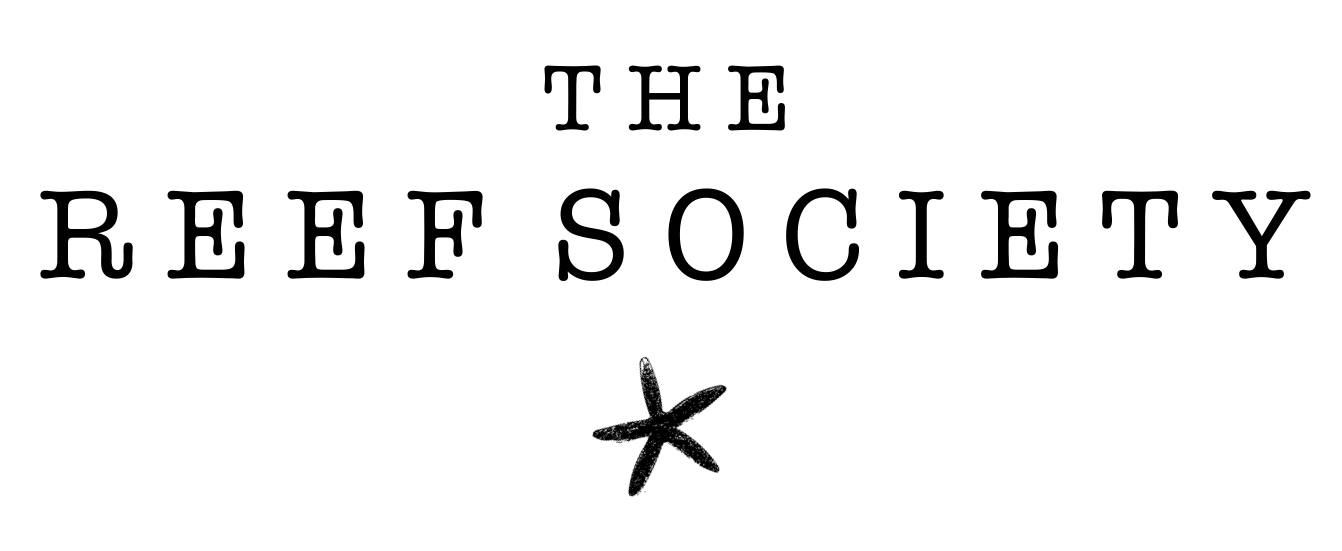While whales, sharks, mantas and turtles ("charismatic megafauna"), get most of the attention, its "the little things" that we see every day if we slow down, and quietly observe, that are the core of the reef. These little reef "citizens" are the millions of tiny interconnected cogs that make the giant wheel of our reef go around.
Everything is connected. The whole is bigger than the sum of the parts.
The story of the "little things" is not usually headline material - like swimming with a whale would be - but it can be the most fascinating, and addictive exploring you'll ever do. 19thC French physiologist Claude Bernard said "The joy of discovery is certainly the liveliest the mind of man can every feel". The great naturalists - David Attenborough, Thoreau, and our own matriarch of the Great Barrier Reef Isobel Bennett, have all been drawn to the endlessly unknown of "the little things that matter".
“In the end we will conserve only what we love, we will love only what we understand, we will understand only what we are taught.”
FISH, CORALS AND CRITTERS
Fish - spectacular & visible citizens of Reef Society.
There are thousands of species of fish on a coral reef, which is very confusing when you also consider that often one species will change colour as it matures, and often will change sex as well! Fish use their colours like a flag - it identifies who they are to other fish. Camouflage to hide, bright colours to advertise they're toxic or to show themselves to to neighbours trying to invade their territory. Sometimes fish even change colour momentarily to communicate - either displeasure or lust! Fish are vital to the health of a reef. For example, the Parrotfish and Surgeonfish graze on algae that grows over every spare bit of hard surface on a reef. These fish are the lawnmowers keeping the "grass" down and stopping it overgrowing the reef to allow bare patches where corals and other animals can settle as larvae and grow.
Corals - building blocks on the reef.
Each coral is made up of individual coral polyps to make a colony. The common names of coral usually reflect the shape of the colony - so we have Staghorn, Plate, Boulder, Honeycomb, Brain, Mushroom or Cabbage - to name a few. The living tissue is just a thin layer over the white calcium carbonate skeleton - like icing on a cake. This is what gives coral its colour - combined with the microscopic algae it contains by the millions (zooxanthellae) that helps to provide nutritional value to the coral as well as enhancing the metabolic processes - making it sort of a "super coral". These algae is the reason why reef building corals need sunlight and only grow in warm shallow seas.
Critters - neither fish nor coral.
The worms, shrimps, the starfish and sea cucumbers. The invertebrates and the "minor phyla" as taxonomists call them. A multitude of different engineer's solutions to eating, surviving and reproducing is represented in the marvellous shapes of stars or cylinders, encrusting mats or magnificent spongy vases. They live in crevices and caves, crawl on sand or burrow into coral. They feed by filtering seawater, or as dramatic predators (just check out the Bobbit Worm ) ..... and just about everything in between.




